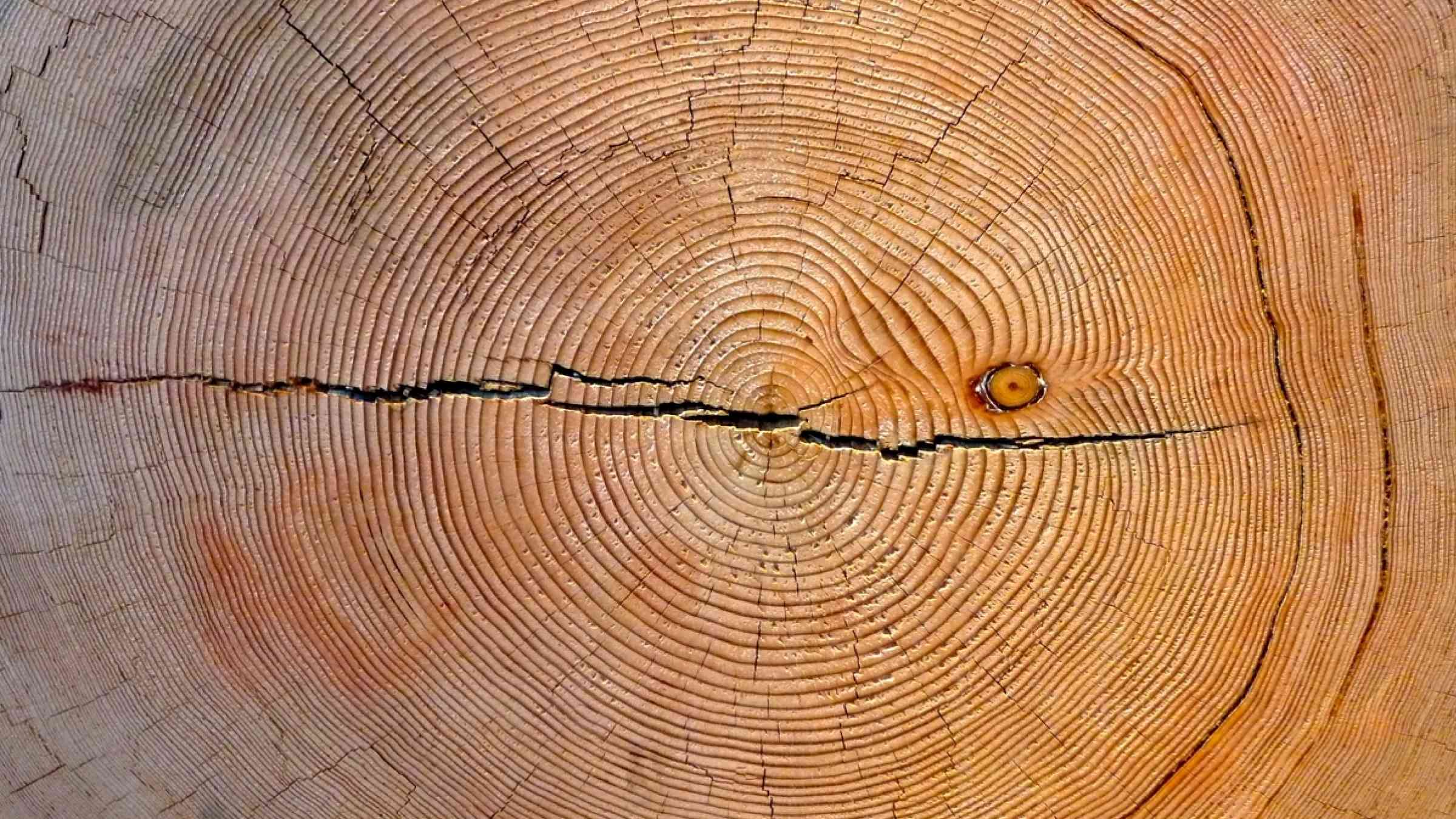Summer 2023 was northern hemisphere’s hottest for 2,000 years, tree rings show

The summer of 2023 was the warmest in the non-tropical areas of the northern hemisphere for 2,000 years, a new study has shown.
Across this vast area of land, encompassing Europe, Asia and North America, surface air temperatures were more than 2°C higher in June, July and August 2023 than the average summer temperature between AD1 and 1890, as reconstructed from tree ring records.
While climate change is a global phenomenon, warming on a regional scale is often stronger. And it is regional climate change, not the global average temperature, that people experience.
The Paris agreement aims to limit climate change to below 2°C and ideally 1.5°C of warming, but these figures refer to global temperature change, usually averaged over 20 years. The authors of the new research argue that these targets have already been breached at a regional scale in the northern hemisphere summer.
There were 2,295 deaths associated with five heatwaves in summer 2023 in the UK. The authors of the new study wanted to understand how unusually warm the summer of 2023 was in the northern hemisphere compared with the past.
To do that, they turned to one of the most useful tools for taking Earth's temperature over thousands of years: rings that grow annually in tree trunks anywhere on the planet where the climate is seasonal.
Two millennia of tree rings
The extreme warmth of 2023 was caused by greenhouse gas emissions and amplified by El Niño, the warm phase of a natural climate cycle in the Pacific Ocean.
To find out what the climate was like in the recent past, scientists analyse weather station records to see if a particular year was warmer or cooler than previous ones. The longest instrumental record available is the Central England Temperature series and that only goes back to 1659, which is not long enough to place recent warming in context.
To find out how warm it is now compared with two millennia ago, scientists use climate proxies. These are natural archives like ice cores and sediments that store a record of the climate in the layers they accumulate over time.
Trees grow in lots of different places and sensitively record past climate information for much of the globe. Trees grow one ring a year in seasonal climates, so there is no doubt about the date a particular ring formed.
To study past climate, tree ring scientists analyse how wide or narrow a ring is in a particular year, how dense the wood is or its chemical composition.
Tree-ring growth is sensitive to many climate variables, but in conifer trees growing at northern hemisphere treelines (the point at which trees can no longer grow due to cold temperatures, high winds or low moisture) it is summer temperature that most strongly controls tree ring growth. In a warm summer, such trees will tend to produce wide, dense rings.
A period in which trees from a particular region all grew wide, or narrow, rings, if accurately cross-referenced with many trees, indicates an unusual phase in the climate which affected the trees' growth.
The authors of the new study were looking for trees which faithfully recorded past summer temperatures. They combined records from thousands of these trees across hundreds of sites in North America and Canada, the UK and Europe, Scandinavia, Russia, Mongolia and Japan. The tree ring records were produced by scientists working laboriously to take tree core samples, measure the rings and share the data.
This huge tree ring archive revealed that the northern hemisphere summer of 2023 was warmer than the average of every year between AD1 and 1890 by 2.2°C. When compared to the very coldest year of the last two millennia, AD536, when a large volcano erupted and cooled the planet for several years, summer 2023 was found to be nearly 4°C warmer than that year.
What will future forests show?
As greenhouse gas emissions rise, enhancing Earth's greenhouse effect, people can expect more frequent and severe climate events. In the past, very warm years globally generally happened during El Niño events, such as in 2016.
However, greenhouse gas levels are now so high that, for the first time in 2017, the planet experienced a very warm year during El Niño's opposite, the La Niña phase, which has a cooling effect on global temperatures.
The new study found that 2023 even broke the 2016 record as it was 0.23°C warmer than the last El Niño-amplified summer. Greenhouse gas emissions are now so high that, when climate records are broken, they break in large step changes, rather than small increments.
The thousands of trees sampled for this study, from mountain forests around the northern hemisphere, face increasingly tough growing conditions. Were the scientists to revisit them they would find, in many places, trees stressed by heat and drought.
A single drought between 2012 and 2016 in California killed more than 200 million trees. Tree deaths in France have increased by over 80% in the last decade, a pattern seen around the globe as a result of hotter droughts.
Forests contain 80% of biodiversity living on land and sustain the livelihoods of 1.6 billion people. Trees also regulate the global climate and store carbon from the air, while slowly building up a record in their rings of our failure to halt dangerous climate change.
The extreme heat of 2023 highlights the need for urgent climate action. If the world rapidly decarbonises, future scientists will hopefully see the climate's recovery quietly recorded in the tree ring records of Earth's remaining forests.